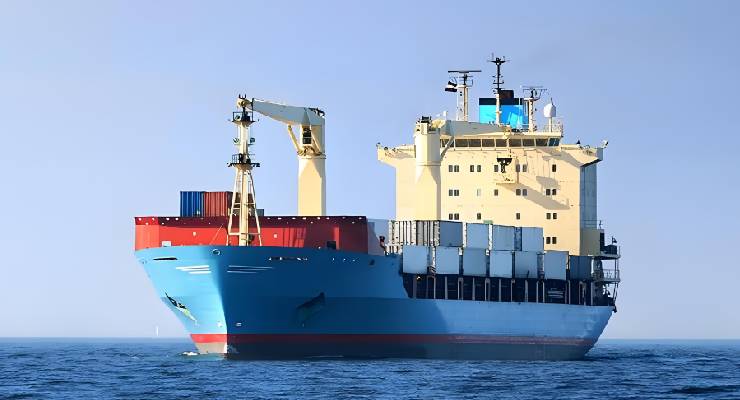
3. How to calculate the customs inspection fee?
During the customs inspection, the goods that need to be inspected are moved to the inspection site designated by the customs, and the packaging is disassembled according to the requirements of the customs. During this process, the cost of using dock resources and labor must be borne by the mover himself.
Composition of inspection fee: inspection fee, unpacking fee, agency fee, port delivery fee, miscellaneous fee, crane fee, weighing fee, short barge fee, storage fee, unpacking fee, external processing fee, sealing fee, etc.; During the customs inspection, container detention fees will be charged; if the goods are too complicated and difficult to find, customs clearance fees will be incurred; the above fees are calculated according to the type of container. Packing list and tally fee will be generated during buckle inspection.
The above expenses are the expenses to be borne by a whole cabinet inspection. Your goods are collected by the freight forwarder and assembled into one container from all customers. So for the customs, the ownership of all the goods is the freight forwarder. Of course, driven by interests, many freight forwarders will choose to keep the goods at a minimum in order to reduce the overall cost of their cargo transportation and increase their profits. In many cases, this is no problem and can be released through customs smoothly. However, in case of customs inspection, it is extremely risky, and may cause the customer's goods to be detained, delay the statute of limitations, or even be detained and destroyed.
4. How to reduce the probability of being inspected?
(1) Choose a reputable international logistics company.
(2) Fill in the declared value accurately, because the difference between the declared value and the estimated value is the most likely to cause customs clearance, so you should try to keep the declared value consistent with the estimated value.
(3) The packing list of the goods should be written in detail, the quantity, unit price, total price and currency of the goods must be clearly written, and the material, name, purpose, composition and parts of the goods should be marked.
(4) Understand the customs policy of the destination country in advance, what are the contraband items, and what items are likely to be inspected by the customs.
-
 A Comprehensive Guide to Refrigerated ContainersJun 17,2025
A Comprehensive Guide to Refrigerated ContainersJun 17,2025 -
 Guide to 20ft & 40ft Shipping Container Dimensions for Global LogisticsJun 17,2025
Guide to 20ft & 40ft Shipping Container Dimensions for Global LogisticsJun 17,2025 -
 How to track shipments sent from ChinaMay 13,2025
How to track shipments sent from ChinaMay 13,2025 -
 Guide to Importing and Shipping Cars from China to UAEMay 13,2025
Guide to Importing and Shipping Cars from China to UAEMay 13,2025 -
 Guide to Importing and Shipping Camping Gear from ChinaMay 07,2025
Guide to Importing and Shipping Camping Gear from ChinaMay 07,2025 -
 Shipping from China to YemenMay 06,2025
Shipping from China to YemenMay 06,2025

